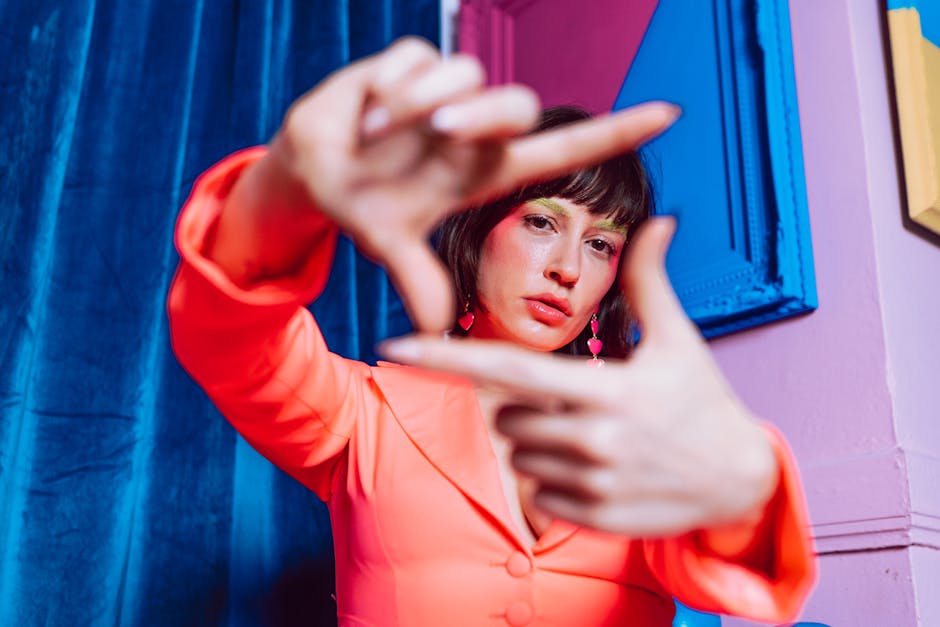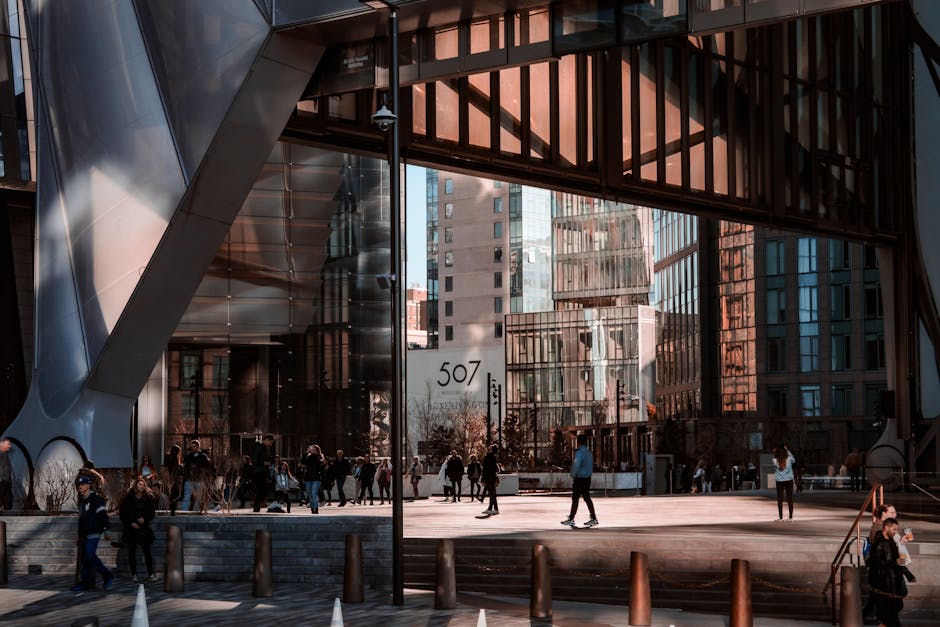If you’ve scrolled through Instagram Reels or TikTok in the last month, you’ve heard it. It’s that haunting, almost comically tragic melody that kicks in right when disaster strikes. Your Maggi is slightly overcooked? The music swells. Your Zomato order gets delayed by five minutes? Cue the soulful vocals. This is the story of how an indie artist’s lament became TikTok’s biggest inside joke.
From Heartbreak to a Hidden Gem
This viral audio snippet wasn’t born a meme. It was born from heartbreak. The song is “Chandni Raaton Mein,” a soulful acoustic track by Jaipur-based indie artist Rohan Vyas. Released six months ago to little fanfare, the song was Rohan’s deeply personal lament about a love that never was. With lyrics about lonely nights and faded memories, it was the kind of track meant for quiet introspection, perhaps listened to on a rainy day with a cup of chai.
For months, it remained just that—a hidden gem with a few thousand streams, cherished by a small community of indie music lovers. Then, the internet did what it does best: it found the most emotionally potent moment of the song and turned it into a punchline.
The Meme is Born: A Fallen French Fry
The catalyst was a 15-second clip from a user named @PriyaPatelProcrastinates. In the video, she stares with mock devastation at a single, fallen French fry on her car floor. As the camera zooms in on the lone fry, the most gut-wrenching line from “Chandni Raaton Mein” plays: “Tूट गया सपना मेरा, अब क्या रहा?” (My dream is broken, what is left now?).
The video exploded. The sheer absurdity of pairing such profound musical sorrow with such a trivial, everyday tragedy was pure comedic gold. It was relatable in its melodrama. Who among us hasn’t felt a disproportionate amount of grief over a minor inconvenience?
The Anthem for Everyday Tragedies
Within days, the sound was everywhere. It became the official anthem for life’s tiny letdowns. A student getting a “good” instead of an “excellent” from their teacher. A cricket fan watching their favourite batsman get out on 99 during the IPL. Someone realising they left their headphones at home just as they boarded the metro. Rohan Vyas‘s heartfelt ballad had become the internet’s go-to shorthand for mock despair.
The Artist’s Reaction: From Confusion to Acceptance
So, how does the artist at the centre of this whirlwind feel? Initially, Rohan was baffled. “I poured my soul into that song after a really difficult breakup,” he shared in a recent interview. “To see it used because someone’s Wi-Fi dropped during a Netflix binge was… confusing. For a moment, I felt like my art was being trivialised.”
But the confusion soon gave way to acceptance, and then, to savvy participation. As “Chandni Raaton Mein” shot to the top of viral charts, its streams on Spotify and Apple Music skyrocketed by over 10,000%. Rohan’s follower count ballooned. He was no longer a niche indie artist; he was a household name, even if most people knew him as “the sad meme song guy.”
Embracing his newfound, albeit strange, fame, Rohan posted his own Reel. The video shows him carefully brewing a perfect cup of coffee, only to spill it at the last second. As the camera crash-zooms on the puddle, his own tragic lyrics play. The caption? “I guess I understand now.”
Meme Culture and the New Path to Fame
The story of Rohan Vyas and “Chandni Raaton Mein” is a quintessentially 2024 tale of fame. It’s a testament to the chaotic, unpredictable, and powerful nature of meme culture. An artist can no longer dictate how their audience receives their work. A tear-jerking lament can become a laugh-out-loud joke, and in a strange twist of fate, that joke might just be the ticket to mainstream success. The path to the top of the charts, it seems, is no longer just paved with talent, but with relatability, irony, and a perfectly-timed meme.




